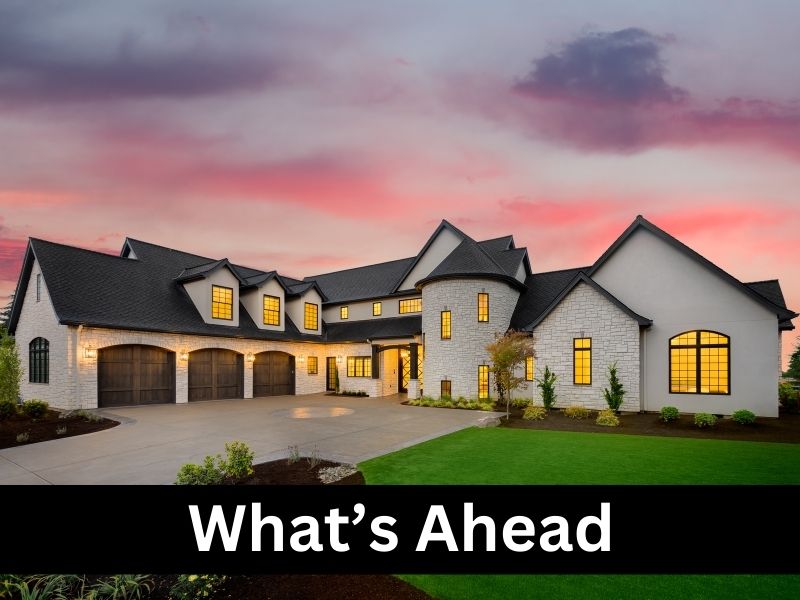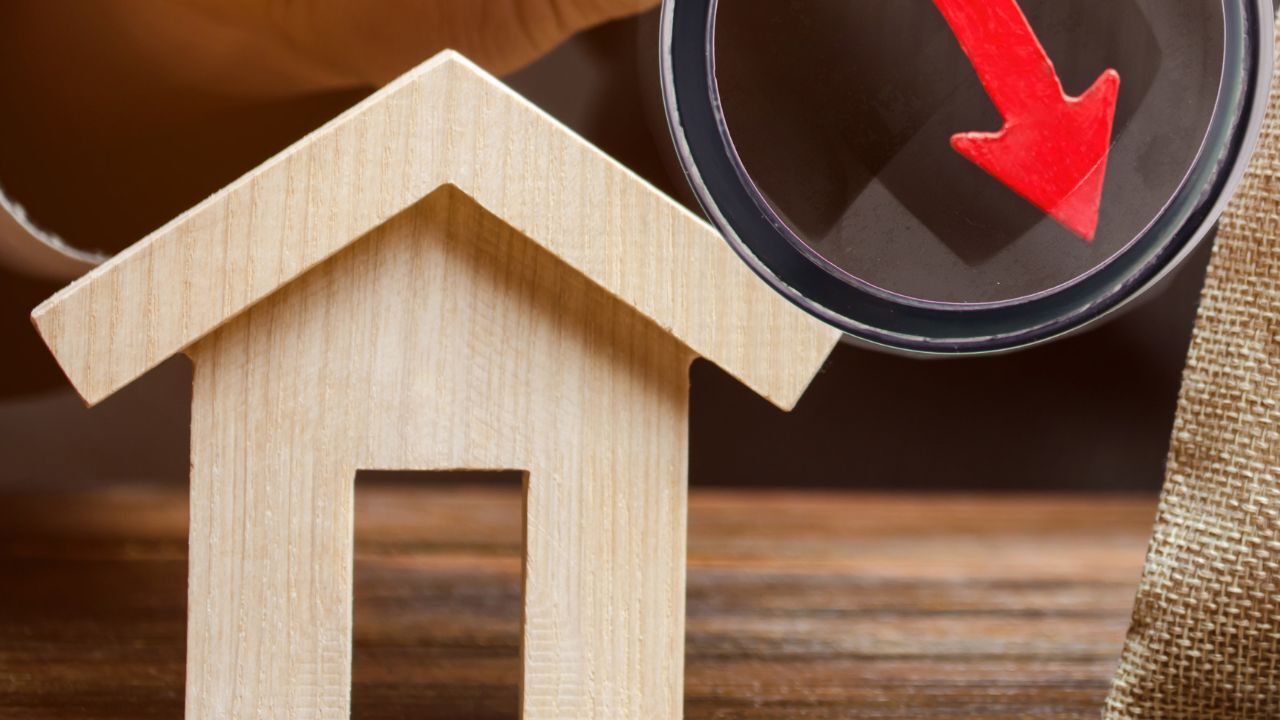What’s Ahead For Mortgage Rates This Week – October 27th, 2025

While the government shutdown remains ongoing, inflation data for both the CPI and PPI has been released, indicating that inflation came in below expectations.
It’s worth noting that under the new policy, more data will be simulated rather than collected from broader sources, there is still a significant degree of data collection. This was followed by the Consumer Sentiment report, which suggests that the economy may be gaining momentum again, as sentiment has risen and broken its recent downtrend.
Although many reports are still delayed due to the government shutdown, some essential releases have started to be prioritized. With the latest data now available, there is a lot of optimism that there will be further rate cuts upcoming.
Consumer Sentiment
The U.S. economy sped up in October during the ongoing government shutdown, new surveys show, but high tariffs were hurting exports, businesses said, casting a cloud over the upcoming year. S&P Global said its index of service companies, which employ most Americans, rose to a three-month high of 55.2 in October from 54.2 in the prior month. Any number above 50 signals expansion.
Primary Mortgage Market Survey Index
• 15-Yr FRM rates saw a decrease of -0.08% for this week, with the current rate at 5.44%
• 30-Yr FRM rates saw a decrease of -0.08% for this week, with the current rate at 6.19%
MND Rate Index
• 30-Yr FHA rates saw a decrease of -0.04% for this week. Current rates at 5.95%
• 30-Yr VA rates saw a decrease of -0.04% for this week. Current rates at 5.97%
Jobless Claims
Initial Claims were reported to be delayed until further notice.
What’s Ahead
Next week’s tentative releases include the FOMC rate decision and the PCE Index, though the PCE report has been delayed by the government shutdown.
 Many homeowners want to reduce their monthly mortgage payments but hesitate to refinance. Refinancing can come with closing costs, new loan terms, and time-consuming paperwork. The good news is that there are several ways to lower your payment without refinancing.
Many homeowners want to reduce their monthly mortgage payments but hesitate to refinance. Refinancing can come with closing costs, new loan terms, and time-consuming paperwork. The good news is that there are several ways to lower your payment without refinancing.